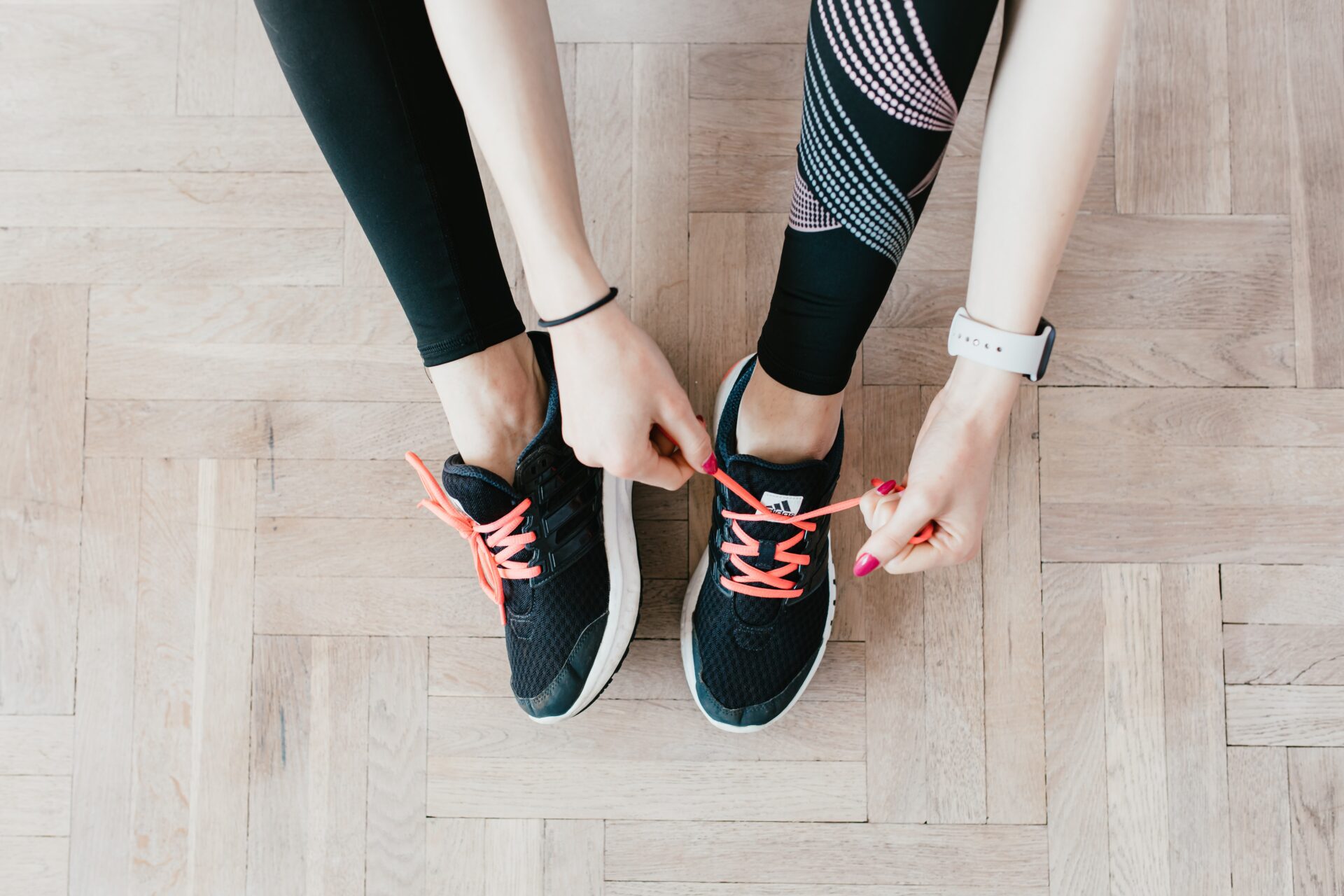
Keeping active where ever you are.
Blog content provided from the legendary team at Northern Inland Academy of Sport
It’s been a long year with many different forms of working out – lots from our living rooms – and if you’ve been keeping a regular exercise routine all this time, we’re pretty impressed!! We’re just about to go into the holiday season, and if you’re lucky enough to be able to venture borders and go see friends and family, you might want to keep working out, or even get them involved. So, here are a few tips for working out at home.
Exercising at home with little or no equipment
It is no secret regular exercise and eating a healthy balanced diet are big contributors in maintaining your overall physical and mental health. But what happens when you have been out all day and can’t grasp the motivation to finish it off at the gym or go for a walk because summer has hit, and it is 40 degrees outside?
Working out at home is becoming an increasingly popular choice … especially when global pandemics hit, and you have no choice but to stay at home. At home workouts may not give you the motivational and encouraging atmosphere like group fitness sessions do, but it can be a handy option to get some fitness into your day when you would rather stay at home, or if you are strapped for time.
What do I need to work out at home?
A plan. You should always have a plan written down or set in your mind to hold yourself accountable to a solid workout. After all, Benjamin Franklin once said, “If you fail to plan, you are planning to fail”.
Well, fail may be a bit extreme, but a plan will alleviate wasted time between exercises while you are figuring out what your next move is. Documenting what you want to achieve is also a great way to actually achieve your goals. Knowing how long you intend to work out for and knowing exactly what your aim of the session is will make it considerably easier to give your 100% of focus towards achieving a respectable workout session with 100% effort. Win. Win.
What equipment do I need to work out at home?
A variety of equipment is always useful, but if you don’t have any weights, plates, kettlebells, dumbbells, or resistance bands, you can still do a full-body workout to help enhance or maintain your general physical fitness levels.
Throw on your gym shoes and complete your pre-determined set of exercises using just your body. From single-leg squats, jumping squats, sumo squats, Bulgarian squats, lunges, burpees, mountain climbers, pushups, pull-ups, calf raises, planks, leg lifts, Russian ab twists and many more exercises to choose from, you can reap the benefits of exercising in your own home with a whole range of workouts.
How do I start?
One benefit of body weight training is that beginners through to regular fitness goers all have the opportunity to push themselves to new limits. As a beginner, you may be testing how many repetitions (reps) you can do of one exercise.
As someone who regularly works out, you may be finding alternative ways to complete the exercise to make it more challenging. For example, as a beginner, it may be best to complete 3 sets of pushups on your knees. For someone who can do standard pushups fairly easy, they might explore the option of completing decline pushups or power pushups.
To help guide your exercise workout plan, it is worth browsing a range of beginner through to advanced level workouts that you can incorporate. There is always the option of starting with basic exercises and modifying it by changing how you do something (i.e standard pushups to offset pushups), adding or subtracting weights or using resistance bands.
Remember, before diving straight into every workout though, you should be warming your muscles up properly to help prevent injuries.
To learn more about fitness and wellbeing visit the Wellness Hub.
Be sure to keep up to date with the awesome NIAS athletes here.


